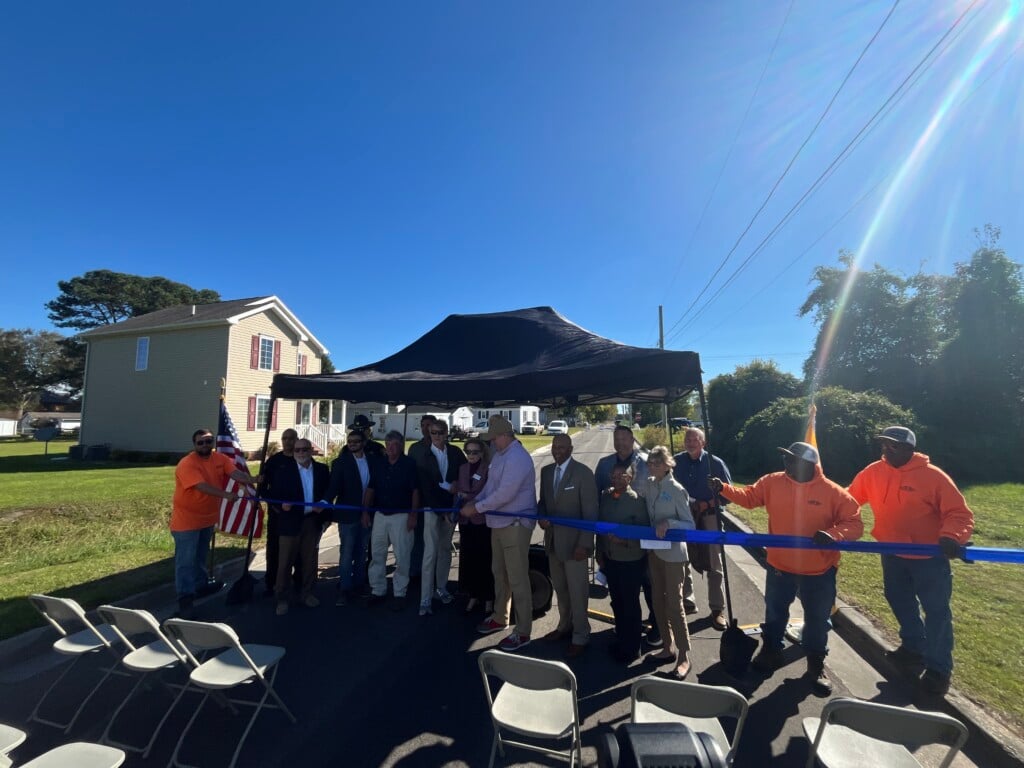AGH explains severity of strokes and offers preventative measures
American Stroke Month
MARYLAND – May is American Stroke Month. According to Maryland.gov, strokes affect one in 6 Americans. They are the number one cause of disability in the U.S. and Governor Wes Moore recently proclaimed May National Stroke Awareness Month and announced Maryland as a “Stroke Smart State”.
A stroke is a serious medical emergency and sometimes can be deadly. Atlantic General Hospital tells us when a person has a stroke, within 20 minutes of arrival they’re sent here to get a CT to check for bleeding and hemorrhaging.
Stroke Risk Factors
Dr. Sally Dowling, Vice President of Medical Affairs at Atlantic General says there are 2 types of strokes, and they affect individuals differently. She also tells us that hypertension or high blood pressure, are top risk factors. “Number one, hemorrhagic or bleeding stroke, and number 2 a clot or plaque buildup that causes a stroke.”
There are many risk factors when it comes to strokes, and there are differences when it comes to overall demographics, says Dowling. “It’s much more common as we age, African Americans are far more likely to have a stroke, men more than women, although as women get older, those numbers are almost equal.” Betty Darby -Glime – Stroke Coordinator for Atlantic General – says High blood pressure and high cholesterol are more prominent in the African American Community. “Some of our areas that our hospital treats, its lower income, which means they don’t go to the doctor as often, they don’t get the medications they require, and they don’t come to the hospital, for fear of a hospital bill.”
Stroke Aftermath
She says that having a stroke can be life-changing and that sometimes patients end up not being able to dress themselves or have the same life after having a stroke. Some patients, even wish they would’ve died. “Swallowing difficulties, speech difficulties, you could have vision where you can’t see out of one side… Complete paraplegia which is the complete lack of use of one side of your body, and death.”
She says sometimes there’s a lack of education amongst patients, and they have “changeable preventions” to help with things like high blood pressure, obesity, high cholesterol, and smoking. “You can get blood pressure medicine, you can maintain your blood pressure, go to the doctor. You can control your sugars, control your cholesterol, watch what you eat, low salt diet.”
Recognizing the signs
She describes the acronym you use in an emergency and tells us the importance of acting fast. “So, we used to us a thing called F.A.S.T.- Facial, arm, speech, and time. But then we added B.E. F.A.S.T. which is balance and eyes… You don’t have to have all the symptoms, it could be just the speech, it could be just the droop of the face.”
Other ways to prevent strokes is to watch your alcohol intake, and if you’ve had a mini stroke, be sure to stay compliant with your medication. Ultimately, if you think you’re having a stroke – immediately go to the hospital. It’s always better to be safe than sorry.


